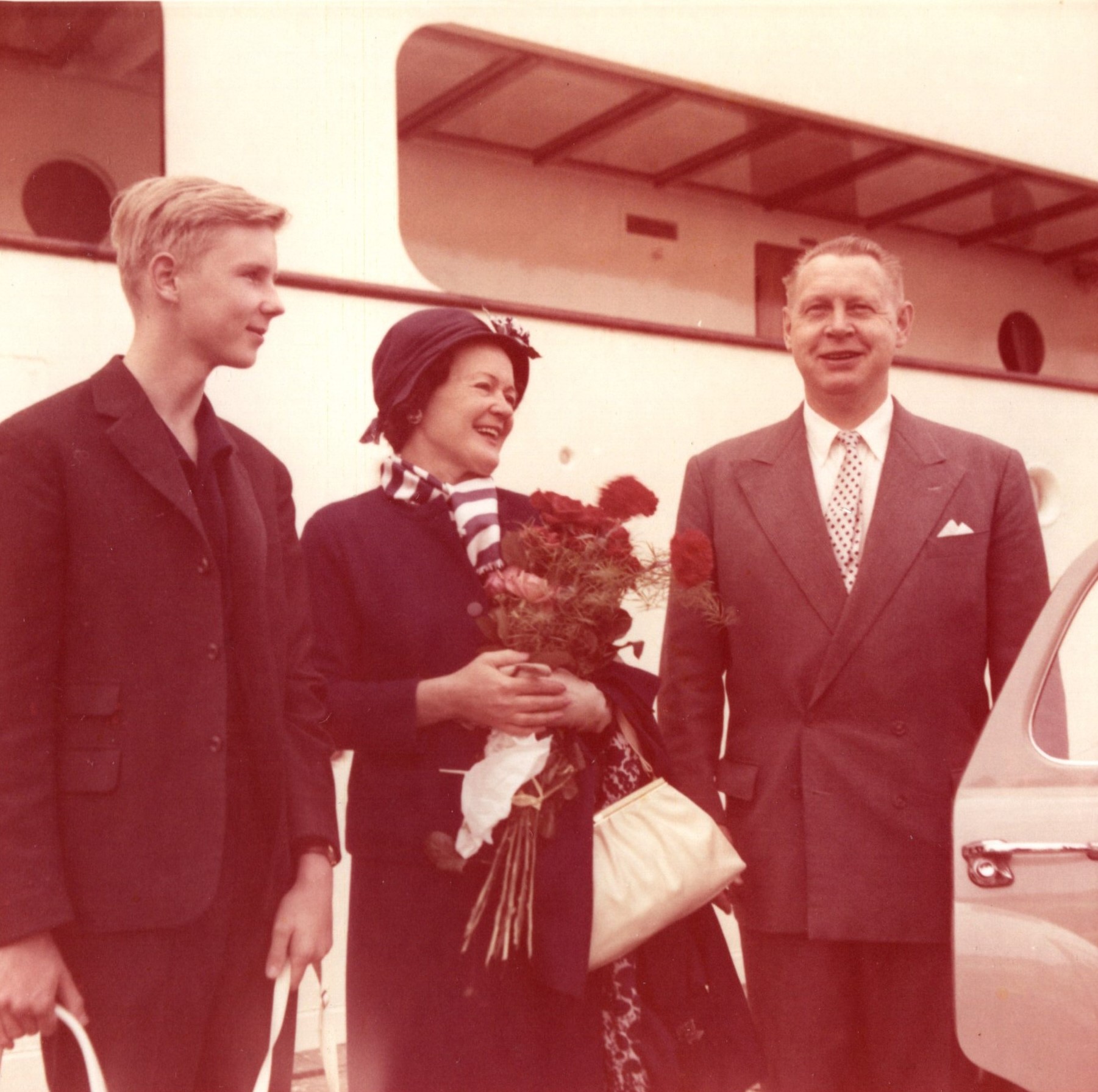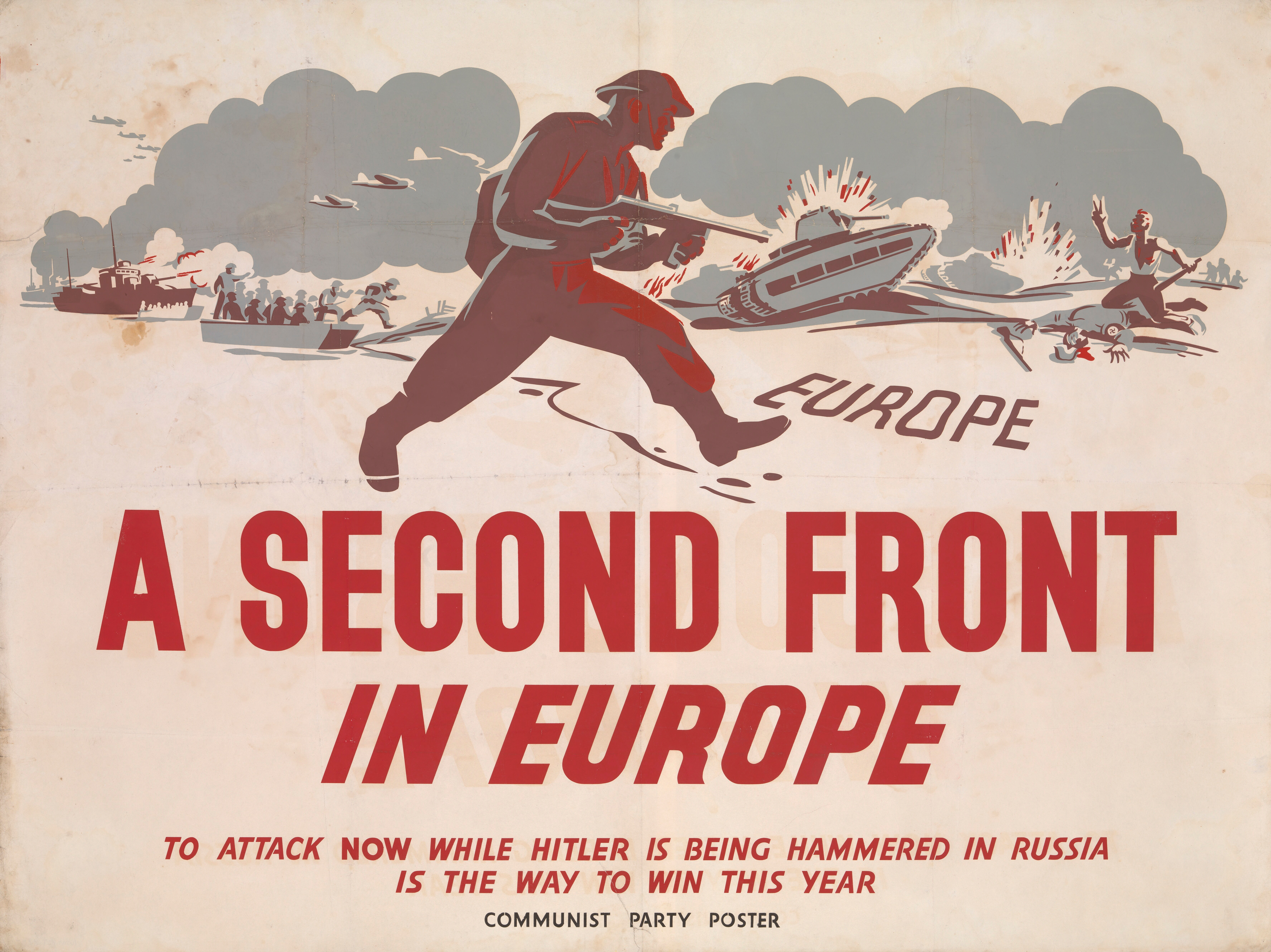|
Hella Wuolijoki
Hella Wuolijoki (née Ella Marie Murrik; 22 July 1886 – 2 February 1954), also known by the pen name Juhani Tervapää, was an Estonian-born Finnish writer known for her ''Niskavuori'' series.Wuolijoki, Hella. Eesti Entsüklopeedia 10. Estonian Encyclopaedia Publishers, Tallinn, 1998 Early life Wuolijoki was born in the hamlet of Ala in Helme Parish (now in Tõrva Parish), Valga County, Governorate of Livonia. She began her studies in Tartu, before moving to Helsinki in 1904. In 1908, she married Sulo Vuolijoki, a personal friend of Lenin. They divorced in 1923. Later, Wuolijoki began spelling her name with a W. Career Author Wuolijoki wrote several books under the male pseudonym Juhani Tervapää that were characterised by strong female characters. The 1947 film ''The Farmer's Daughter'' was adapted from her 1937 play ''Juurakon Hulda'', which she also wrote as Juhani Tervapää. She collaborated with Bertolt Brecht on the initial version of his '' Mr Puntila and his Man Mat ... [...More Info...] [...Related Items...] OR: [Wikipedia] [Google] [Baidu] |
Bertolt Brecht
Eugen Berthold Friedrich Brecht (10 February 1898 – 14 August 1956), known professionally as Bertolt Brecht, was a German theatre practitioner, playwright, and poet. Coming of age during the Weimar Republic, he had his first successes as a playwright in Munich and moved to Berlin in 1924, where he wrote '' The Threepenny Opera'' with Kurt Weill and began a life-long collaboration with the composer Hanns Eisler. Immersed in Marxist thought during this period, he wrote didactic '' Lehrstücke'' and became a leading theoretician of epic theatre (which he later preferred to call "dialectical theatre") and the . During the Nazi Germany period, Brecht fled his home country, first to Scandinavia, and during World War II to the United States, where he was surveilled by the FBI. After the war he was subpoenaed by the House Un-American Activities Committee. Returning to East Berlin after the war, he established the theatre company Berliner Ensemble with his wife and long-time col ... [...More Info...] [...Related Items...] OR: [Wikipedia] [Google] [Baidu] |
Erkki Tuomioja
Erkki Sakari Tuomioja (born 1 July 1946) is a Finnish politician and a member of the Finnish Parliament. From 2000 to 2007 and 2011 to 2015, he served as the minister for foreign affairs. He was president of the Nordic Council in 2008. Tuomioja is a member of the Social Democratic Party of Finland, although his political views are thought to be more to the left than the party line. He is also a member of ATTAC. In 1975, Tuomioja dated Tarja Halonen who later became the president of Finland. Biography Tuomioja comes from a family of politicians. His father Sakari Tuomioja was a prominent liberal Finnish politician and diplomat, and the challenger of Urho Kekkonen for the conservatives and liberals in the 1956 presidential elections. His maternal grandmother was Hella Wuolijoki, the Estonian born writer and socialist activist.Tuomioja, Erkki: Häivähdys punaista, s. 374. Kustannusosakeyhtiö Tammi, 2006. . Tuomioja holds the degrees of Master of Social Sciences (1971) and M ... [...More Info...] [...Related Items...] OR: [Wikipedia] [Google] [Baidu] |
Communist Party Of Great Britain
The Communist Party of Great Britain (CPGB) was the largest communist organisation in Britain and was founded in 1920 through a merger of several smaller Marxist groups. Many miners joined the CPGB in the 1926 general strike. In 1930, the CPGB founded the ''Daily Worker'' (renamed the ''Morning Star'' in 1966). In 1936, members of the party were present at the Battle of Cable Street, helping organise resistance against the British Union of Fascists. In the Spanish Civil War the CPGB worked with the USSR to create the British Battalion of the International Brigades, which party activist Bill Alexander commanded. In World War II, the CPGB mirrored the Soviet position, opposing or supporting the war in line with the involvement of the USSR. By the end of World War II, CPGB membership had nearly tripled and the party reached the height of its popularity. Many key CPGB members became leaders of Britain's trade union movement, including most notably Jessie Eden, Abraham Laza ... [...More Info...] [...Related Items...] OR: [Wikipedia] [Google] [Baidu] |
Salme Dutt
Salme Pekkala-Dutt (: Salme Anette Murrik) (29 August 1888 – 30 August 1964) was an Estonian-British communist politician, wife of Rajani Palme Dutt. The Finnish-Estonian author Hella Wuolijoki was her elder sister. Murrik was also grandaunt of Finnish Social Democratic politician Erkki Tuomioja. Salme Murrik was born in Helme Parish, Governorate of Livonia, Russian Empire (present-day Estonia), and spent her childhood in Valga. She was expelled from the A.S. Pushkin Gymnasium in Tartu due to her participation in the Revolution of 1905, and moved to Moscow, and to Siberia, and Finland before settling in Britain. Her first husband was notable Finnish left wing politician Eino Pekkala, brother of Mauno Pekkala. During the early years of the Communist Party of Great Britain, Murrik, a Comintern agent, acted as Dutt's link to Moscow. Salme Murrik had been directed to Britain on Lenin's orders to participate in forming the Communist Party there. She remained an ardent admirer of ... [...More Info...] [...Related Items...] OR: [Wikipedia] [Google] [Baidu] |
SKDL
Finnish People's Democratic League ( fi, Suomen Kansan Demokraattinen Liitto, SKDL; sv, Demokratiska Förbundet för Finlands Folk, DFFF) was a Finnish political organisation with the aim of uniting those left of the Finnish Social Democratic Party. It was founded in 1944 as the anti-communist laws in Finland were repealed due to the demands of the Soviet Union, and lasted until 1990, when it merged into the newly formed Left Alliance. At its time, SKDL was one of the largest leftist parties in capitalist Europe, with its main member party, the Communist Party of Finland, being one of the largest communist parties west of the Iron Curtain. The SKDL enjoyed its greatest electoral success in the 1958 parliamentary election, when it gained a support of approximately 23 per cent and a representation of 50 MPs of 200 total, making it the largest party in the Eduskunta. SKDL joined several Finnish governments. The first SKDL minister was Yrjö Leino who took office in November ... [...More Info...] [...Related Items...] OR: [Wikipedia] [Google] [Baidu] |
Parliament Of Finland
The Parliament of Finland ( ; ) is the unicameral and supreme legislature of Finland, founded on 9 May 1906. In accordance with the Constitution of Finland, sovereignty belongs to the people, and that power is vested in the Parliament. The Parliament consists of 200 members, 199 of whom are elected every four years from 13 multi-member districts electing 7 to 36 members using the proportional D'Hondt method. In addition, there is one member from Åland. Legislation may be initiated by either the Government or one of the members of Parliament. The Parliament passes legislation, decides on the state budget, approves international treaties, and supervises the activities of the government. It may bring about the resignation of the Finnish Government, override presidential vetoes, and alter the constitution. To make changes to the constitution, amendments must be approved by two successive parliaments, with an election cycle in between, or passed as an emergency law with a 167/ ... [...More Info...] [...Related Items...] OR: [Wikipedia] [Google] [Baidu] |
Continuation War
The Continuation War, also known as the Second Soviet-Finnish War, was a conflict fought by Finland and Nazi Germany against the Soviet Union from 1941 to 1944, as part of World War II.; sv, fortsättningskriget; german: Fortsetzungskrieg. According to Finnish historian Olli Vehviläinen, the term 'Continuation War' was created at the start of the conflict by the Finnish government, to justify the invasion to the population as a continuation of the defensive Winter War and separate from the German war effort. He titled the chapter addressing the issue in his book as "Finland's War of Retaliation". Vehviläinen asserted that the reality of that claim changed when the Finnish forces crossed the 1939 frontier and started annexation operations. The US Library of Congress catalogue also lists the variants War of Retribution and War of Continuation (see authority control)., group="Note" In Soviet historiography, the war was called the Finnish Front of the Great Patriotic War.. ... [...More Info...] [...Related Items...] OR: [Wikipedia] [Google] [Baidu] |
Wehrmacht
The ''Wehrmacht'' (, ) were the unified armed forces of Nazi Germany from 1935 to 1945. It consisted of the ''Heer'' (army), the ''Kriegsmarine'' (navy) and the ''Luftwaffe'' (air force). The designation "''Wehrmacht''" replaced the previously used term and was the manifestation of the Nazi regime's efforts to rearm Germany to a greater extent than the Treaty of Versailles permitted. After the Nazi rise to power in 1933, one of Adolf Hitler's most overt and audacious moves was to establish the ''Wehrmacht'', a modern offensively-capable armed force, fulfilling the Nazi régime's long-term goals of regaining lost territory as well as gaining new territory and dominating its neighbours. This required the reinstatement of conscription and massive investment and defense spending on the arms industry. The ''Wehrmacht'' formed the heart of Germany's politico-military power. In the early part of the Second World War, the ''Wehrmacht'' employed combined arms tactics (close- ... [...More Info...] [...Related Items...] OR: [Wikipedia] [Google] [Baidu] |
Soviet Union
The Soviet Union,. officially the Union of Soviet Socialist Republics. (USSR),. was a List of former transcontinental countries#Since 1700, transcontinental country that spanned much of Eurasia from 1922 to 1991. A flagship communist state, it was nominally a Federation, federal union of Republics of the Soviet Union, fifteen national republics; in practice, both Government of the Soviet Union, its government and Economy of the Soviet Union, its economy were highly Soviet-type economic planning, centralized until its final years. It was a one-party state governed by the Communist Party of the Soviet Union, with the city of Moscow serving as its capital as well as that of its largest and most populous republic: the Russian Soviet Federative Socialist Republic, Russian SFSR. Other major cities included Saint Petersburg, Leningrad (Russian SFSR), Kyiv, Kiev (Ukrainian Soviet Socialist Republic, Ukrainian SSR), Minsk (Byelorussian Soviet Socialist Republic, Byelorussian SSR), Tas ... [...More Info...] [...Related Items...] OR: [Wikipedia] [Google] [Baidu] |
Kerttu Nuorteva
Kerttu Nuorteva (November 10, 1912 in Astoria, Oregon, United States – August 29, 1963 in Karaganda, Kazakh Soviet Socialist Republic, Soviet Union) was a Soviet intelligence agent. She was the daughter of Santeri Nuorteva, the president of the Karelian Autonomous Soviet Socialist Republic, and was parachuted into Finland by the Soviet Airborne Troops in 1942. She was arrested and deported to the Soviet Union at the end of the war. Family and education Nuorteva was born in Astoria, Oregon, United States, where her father had lived since the 1910s, when he was deported from Tampere, Finland. In the Soviet Union, Santeri had a good relationship with Lenin and became the president of Karelian Autonomous Soviet Socialist Republic. Kerttu Nuorteva was raised and went to school in Petrozavodsk and later attended university in Leningrad. She married the Finnish-born Jalmari Aho, a member of the Finnish Red Guards. She later married a journalist, Leo Varshavski ... [...More Info...] [...Related Items...] OR: [Wikipedia] [Google] [Baidu] |
_1988%2C_MiNr_Block_091.jpg)



